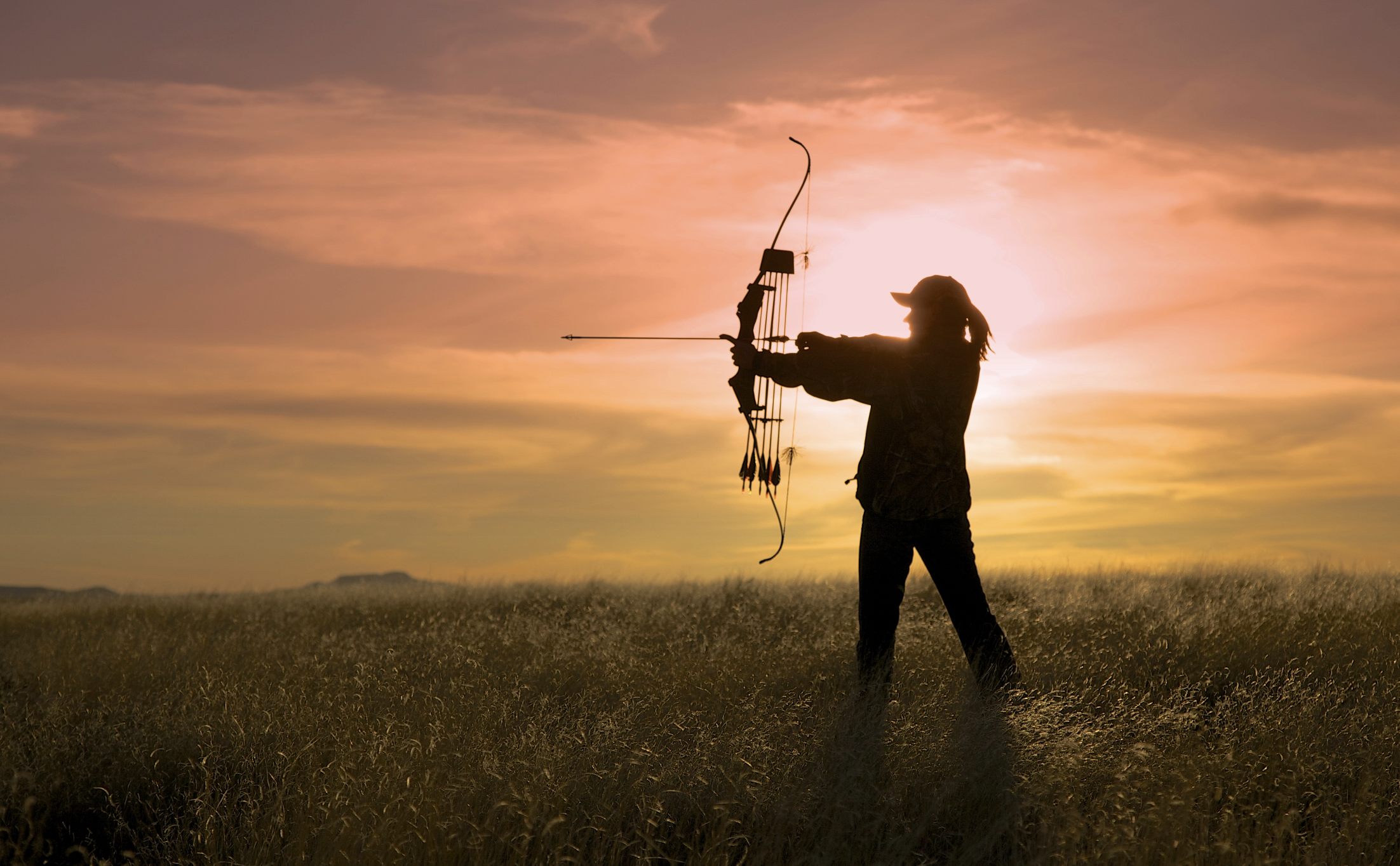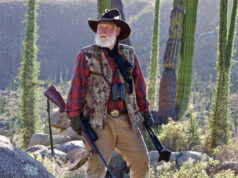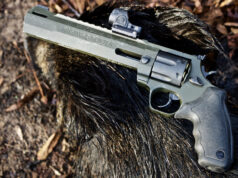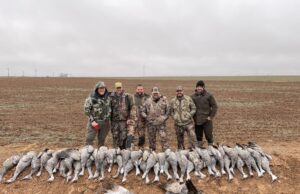by Loyd Leon
Bow hunting is a demanding and exhilarating pursuit that requires not only skill and patience, but also some degree of physical fitness. As bow hunting season approaches, avid hunters understand the importance of being in prime physical condition to enhance their performance and increase their chances of success.
In this guide, we delve into the essential aspects of getting in shape for bow hunting season, providing comprehensive insights and practical tips to help hunters optimize their physical preparedness.
Understanding the Physical Demands of Bow Hunting:
Bow hunting places unique demands on the body, requiring a combination of strength, endurance, flexibility, and focus. Unlike hunting with firearms, which often involves relatively short bursts of activity, bow hunting typically entails longer periods of stealthy movement, patience during the waiting game, and precise shooting under various conditions. Therefore, preparing adequately for bow hunting season involves addressing these specific physical requirements to ensure optimal performance in the field.
Building Strength and Endurance:
Strength and endurance are fundamental components of physical fitness that play a crucial role in bow hunting. Hunters must possess the strength to draw and hold a bow steadily for an extended period, as well as the endurance to navigate rugged terrain, track game, and withstand the rigors of the hunt. Here are some exercises and training strategies to enhance strength and endurance for bow hunting:
1. Weight Training: Incorporate compound exercises such as squats, deadlifts, rows, and overhead presses to build overall strength and muscle mass. Focus on functional movements that mimic the actions performed while hunting, such as drawing a bow and carrying equipment.
2. Cardiovascular Training: Engage in cardio activities such as running, hiking, cycling, or swimming to improve endurance and cardiovascular health. Aim for a combination of steady-state cardio and high-intensity interval training (HIIT) to build stamina and boost lung capacity.
3. Core Stability Exercises: Strengthen the core muscles (abdominals, obliques, and lower back) to improve balance, stability, and posture while hunting. Incorporate exercises like planks, Russian twists, and wood chops to enhance core strength and prevent injury.
4. Functional Movement Training: Emphasize functional exercises that simulate the movements and challenges encountered during bow hunting, such as carrying heavy loads, climbing steep inclines, and crouching in shooting positions. Incorporate activities like trail running, obstacle courses, and agility drills to improve agility, balance, and coordination.
Flexibility and Mobility:
Flexibility and mobility are essential for bow hunters to maintain proper form, prevent injuries, and execute precise shots effectively. Adequate flexibility allows hunters to achieve full range of motion in their joints, while improved mobility enhances their ability to move fluidly and comfortably in various hunting scenarios. Here are some tips for enhancing flexibility and mobility:
1. Stretching Routine: Incorporate a regular stretching routine targeting major muscle groups, including the shoulders, back, hips, and legs. Focus on dynamic stretches before activity to warm up the muscles and static stretches after activity to improve flexibility and prevent tightness.
2. Yoga or Pilates: Practice yoga or Pilates to improve flexibility, mobility, balance, and body awareness. These mind-body disciplines also promote relaxation and stress relief, which can be beneficial for hunters preparing for the intensity of the hunting season.
3. Mobility Drills: Perform mobility exercises and drills to increase joint range of motion and improve movement quality. Focus on areas prone to stiffness or tightness, such as the hips, thoracic spine, and ankles, to enhance mobility and prevent restrictions in movement.
4. Foam Rolling and Self-Myofascial Release: Use foam rollers, massage balls, or other self-myofascial release tools to alleviate muscle tension, reduce soreness, and improve tissue quality. Incorporate foam rolling into your pre- and post-workout routine to enhance recovery and maintain optimal mobility.
Nutrition and Hydration:
Proper nutrition and hydration are vital components of a successful bow hunting fitness regimen, as they provide the fuel and hydration necessary to sustain energy levels, support muscle function, and promote overall health and well-being. Here are some nutritional guidelines to optimize performance during bow hunting season:
1. Balanced Diet: Consume a well-rounded diet rich in lean proteins, complex carbohydrates, healthy fats, vitamins, and minerals to support energy production, muscle repair, and recovery. Include a variety of whole foods such as lean meats, fish, poultry, fruits, vegetables, whole grains, nuts, and seeds in your meals.
2. Hydration: Stay adequately hydrated by drinking plenty of water throughout the day, especially during physical activity and time spent outdoors. Dehydration can impair physical performance, cognitive function, and thermoregulation, so prioritize hydration before, during, and after hunting expeditions.
3. Meal Planning: Plan and prepare nutritious meals and snacks ahead of time to ensure you have access to healthy fuel during hunting trips. Pack portable, high-energy foods such as nuts, seeds, dried fruits, granola bars, jerky, and trail mix to sustain energy levels while on the go.
4. Recovery Nutrition: Consume a balanced post-workout meal or snack containing protein and carbohydrates to replenish glycogen stores, repair muscle tissue, and promote recovery after strenuous activity. Incorporate sources of fast-digesting protein and carbohydrates for optimal nutrient absorption and muscle repair.
Mental Preparation and Focus:
In addition to physical conditioning, mental preparation and focus are crucial aspects of getting in shape for bow hunting season. Hunting requires patience, concentration, situational awareness, and the ability to remain calm under pressure. Here are some strategies to enhance mental resilience and focus:
1. Visualization Techniques: Visualize successful hunting scenarios, including stalking game, drawing your bow, and executing precise shots with accuracy and confidence. Mental rehearsal can help build confidence, reduce anxiety, and improve performance in the field.
2. Mindfulness and Meditation: Practice mindfulness and meditation techniques to cultivate present-moment awareness, reduce stress, and sharpen focus. Incorporate deep-breathing exercises, progressive muscle relaxation, and guided imagery to calm the mind and enhance concentration.
3. Goal Setting: Set specific, measurable, and achievable goals for your bow hunting season, such as improving shooting accuracy, tracking skills, or physical fitness levels. Break down larger goals into smaller milestones and celebrate progress along the way to stay motivated and focused.
4. Mental Toughness Training: Develop mental toughness through adversity by exposing yourself to challenging situations, embracing discomfort, and adopting a resilient mindset. Cultivate a positive attitude, adaptability, and perseverance to overcome obstacles and achieve success in hunting and life.
Preparing for bow hunting season requires a holistic approach that encompasses physical fitness, mental readiness, and nutritional support. By addressing the unique physical demands of bow hunting, building strength, endurance, flexibility, and focus, hunters can optimize their performance and increase their enjoyment of the sport, and level of success. Incorporate the tips and strategies outlined in this guide into your training regimen to enhance your physical preparedness and maximize your success in the field. Remember, the journey to mastering bow hunting is as rewarding as the hunt itself, so embrace the challenge and savor every moment of the experience. Happy hunting!












